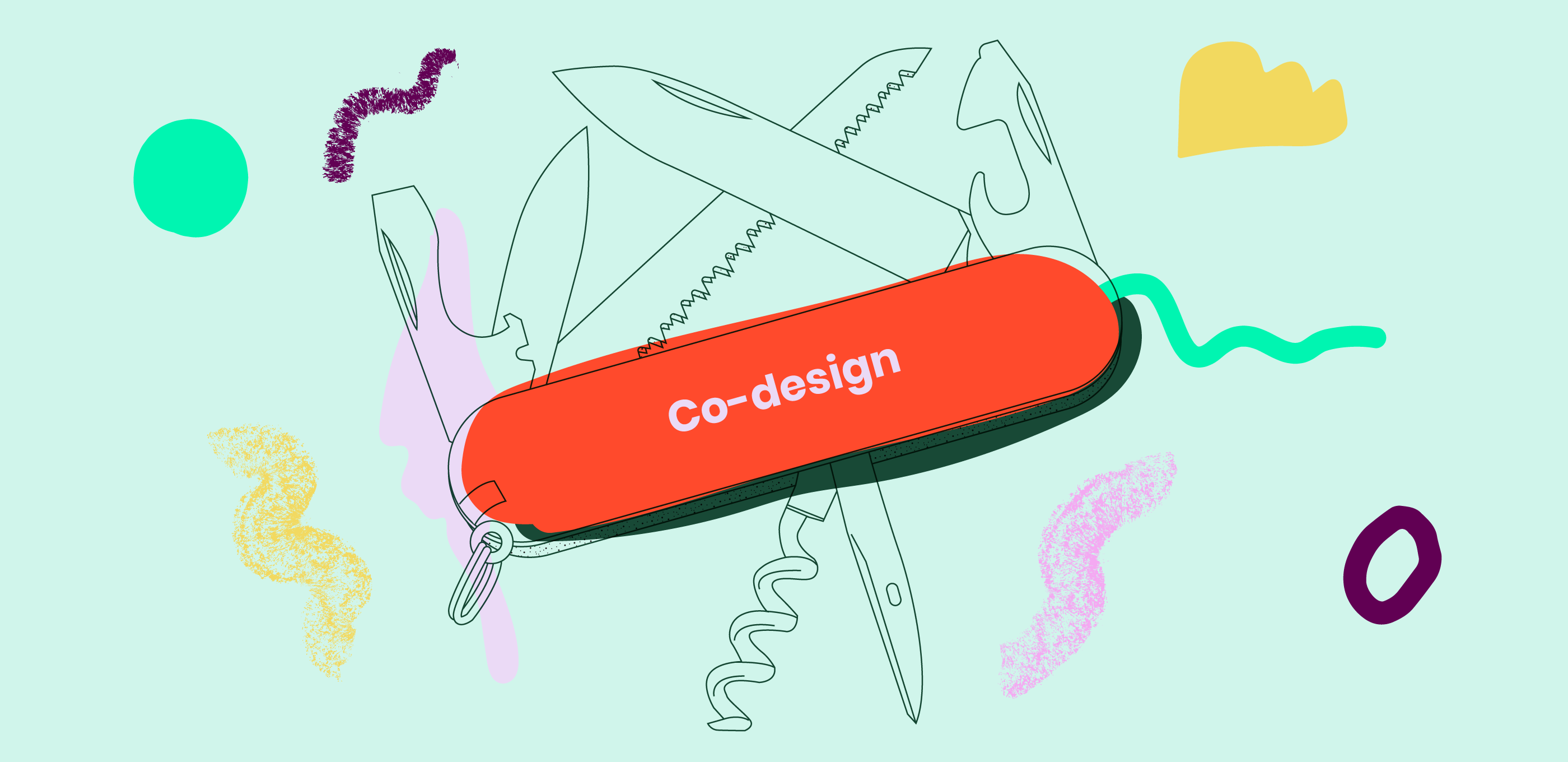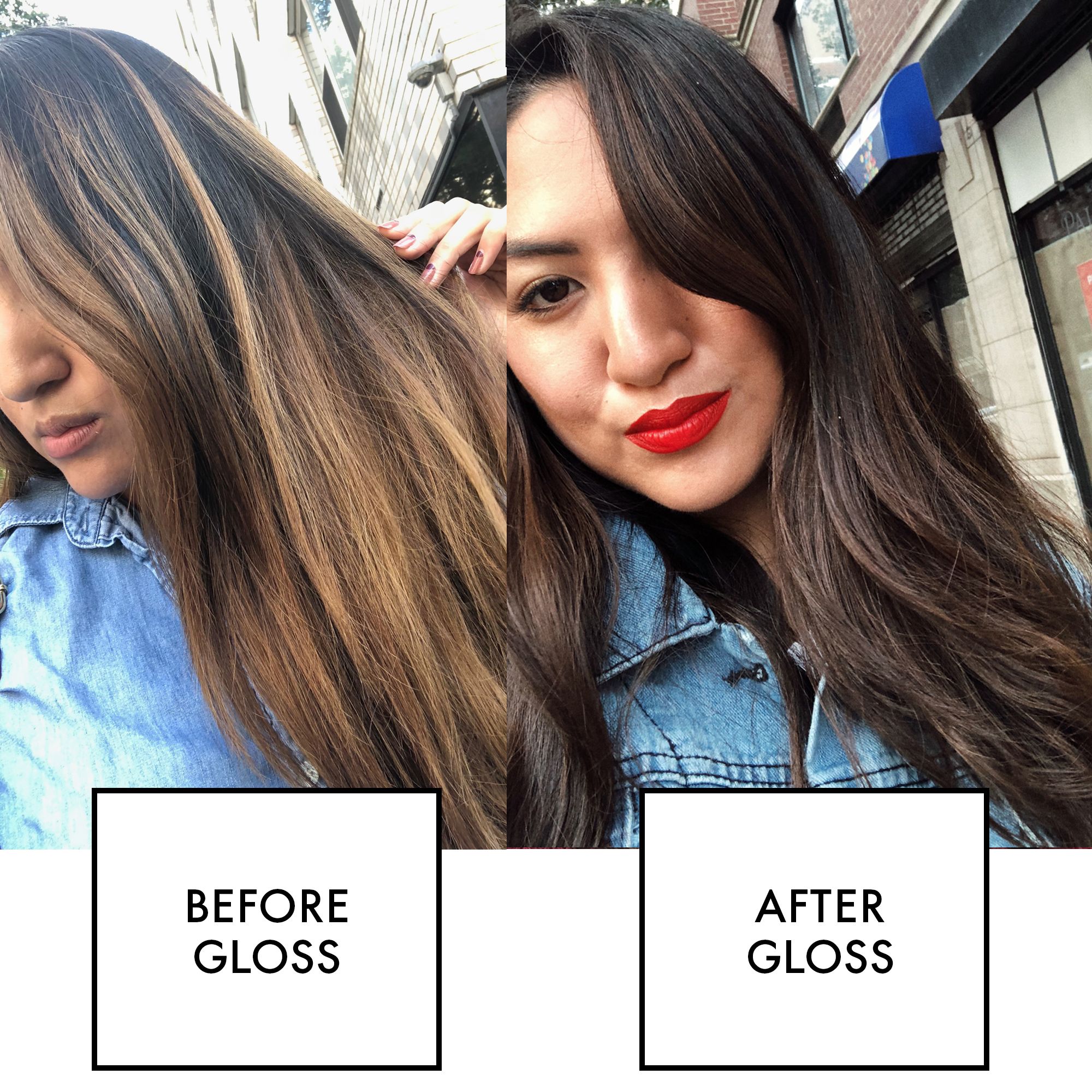Table Of Content

Equip participants with tools and methods for idea generation and decision-making. Act as a neutral guide, encourage all voices, especially quieter members, and ensure discussions stay on track. Finally, document feedback, ideas, and decisions, and plan for follow-up actions to implement insights gathered during the session. Codesign guarantees that the end products or services meet actual user needs, preferences, and contexts through the direct involvement of end-users in the design process.
Community College of Denver
If so, we would love to hear about your experience and any thoughts you would like to add. Feel free to drop us a line at or @TheStratosGroup on Twitter to learn more about co-design. People need guidance, inspiration and activities, in a physical and cognitive manner, in order to get the process started. Ideation is a creative and concentrated process; those involved should be provided with an environment that facilitates free, open, and the non-judgemental sharing of ideas. While it’s important to not dismiss people’s feedback, it’s also important to remember that sometimes people will say “I want __” when there is really a deeper desire that they have and that is just one way of satisfying it. Ask questions to try to find out these underlying desires are, then try to think of multiple ways of addressing those.
❌ expecting or coercing people to contribute for free
Microsoft's inclusive design initiative is a technology-driven example of codesign. The company involves people with disabilities in the design process for its products and services. By doing so, Microsoft ensures that its technology is accessible and useful for people with a wide range of abilities. This approach not only benefits users with disabilities but also leads to innovations that improve usability for all customers. However, involving people with different perspectives early (and often) can help determine the real problem space early on- leading to more advantageous outcomes.
differences from other approaches

The following are some examples of research methods used in co-design sessions that uncover a variety of insights. The materials and tools used for each workshop should be designed to satisfy the needs of the specific study and therefore they should vary depending on the project. • For a garden products manufacturer, the time needed to develop a mobile engagement solution (app) was significantly reduced by adapting a co-design approach. Researchers, designers, consumers and business sponsors were brought together for a rapid three day test and redesign cycle. Co-design will be key in continuing to push innovation further because collaboration is how innovation happens. The teams that embrace a co-design approach now, and make smart technology decisions to back it up, will be the innovators that lead the way forward.
Frequently asked questions
First, let’s briefly discuss the framework and suggest moments when collaborating with people makes the most sense. These days, it’s hard to find any type of software that doesn’t sync to the cloud. Meta Horizon OS is the result of a decade of work at Meta to build a next-generation computing platform. To pioneer standalone headsets, we developed technologies like inside-out-tracking and self-tracked controllers. To allow for more natural interaction systems and social presence, we pioneered hand, eye, face and body tracking. And for mixed reality, we built a full stack of technologies for blending the digital and physical worlds, including high-resolution Passthrough, Scene Understanding and Spatial Anchors.
Lululemon designed Canada's Olympic outfits as an artistic ode to the country - Fast Company
Lululemon designed Canada's Olympic outfits as an artistic ode to the country.
Posted: Tue, 16 Apr 2024 07:00:00 GMT [source]
The conversation is generally opened by examining the results from the self–reflection research exercises completed in stage one, and is followed by one or more hands-on exercises. In post-it voting, all members are given a number of votes (three to four should do) in order to choose their favorite ideas. Ideas that are generated in the Ideation sessions are written down on individual post-its, and members can vote by using stickers or a marker to make a dot on the post-it note corresponding to the ideas they like. This process allows every member to have an equal say in choosing from the shortlisted ideas. It can be easy to dismiss people’s concerns — saying that people are uninformed, don’t understand, have unrealistic expectations, or want things beyond the scope of the immediate project.
💬 are non-designers designing things?
In this article, we’ll introduce you to some of the best Ideation methods and guidelines that help facilitate successful Ideation sessions and encourage active participation from members. By enabling stakeholders to define problems and the approaches to them, co-design reveals otherwise unknowable paths. It evokes user experiences, addresses the motivations of partners, and considers all the operational details of implementers’ daily work that can make (or break) an initiative. Don Norman, who coined the term “user experience,” will help us understand how to use community-based design and let the people drive the projects. Codesign can reduce rework by identifying issues and gathering feedback early in the design process, which helps minimize the need for subsequent revisions. Better resource allocation results from an initial clear understanding of user needs and priorities.
We acknowledge Ancestors and Elders past and present and the many traditions of design, creativity, collective care and innovation that have always been here. What’s On Your Radar reveals what’s on people’s minds as they approach a particular challenge and how they prioritize what’s most important. We typically begin by learning as much as possible about the problem or challenge we are facing. A big part of that happens while we’re in the discovery phase, on the left side of the Double Diamond, while immersed in the problem space.
Similarly, discuss the output and cluster under effects, looking for connections between the clusters that share some relationships. Sort the stickies into groupings with labels, using a method such as Affinity Clustering, to see what patterns bubble up from the collective output. Add your grouping labels to the radar and instruct participants to plot the stickies that were within each group according to primary, secondary, or tertiary importance.
Local governments can easily convene meetings of residents, business owners, and other community stakeholders — including repeated meetings of the same groups of people. Additionally, this process can be iterative — so even after you have released or launched a product, you can still go back to the community to get feedback and design improvements. You'll get step-by-step guidelines to help you identify which organizations and projects genuinely change the world and which are superficial.
The goal is to clearly define the problem and create a shared understanding of the challenge. TikTok is regulated under the strictest regime of the DSA, which applies to around half a dozen larger platforms. This extra layer of risk mitigation requirements obliges them to proactively identify and mitigate systemic risks — such as addictive design that could harm users’ mental health. We believe a more open ecosystem is the best way to bring the power of mixed reality to as many people as possible. With more devices, this new ecosystem will offer more choice to consumers and businesses around the world. Developers will have a much larger range of hardware that can run their apps, and more device makers will expand their market to a wider range of users, much like we’ve seen with PCs and smartphones.
That way, you can cover all the angles regarding how the service can be delivered to maximize value to customers and the business. First, it takes insight and diplomacy to get to the level where you and (e.g.) stakeholders can move forward as a unified group of decision-makers under a common vision. This means you start to work with stakeholders, other teams, etc., to get them on board by embracing their strengths — not isolating their faults — and pooling your knowledge towards solving smaller problems before you try to tackle large ones. Throughout the course, you'll get practical tips to apply in real-life projects. In the "Build Your Case Study" project, you'll step into the field and seek examples of organizations and people who already practice the philosophy and methods you’ll learn in this course.
Hans Wenger's Wishbone chair is now kid-sized - Fast Company
Hans Wenger's Wishbone chair is now kid-sized.
Posted: Tue, 16 Apr 2024 07:00:00 GMT [source]
If your group is remote, you can build the poster template in your favorite digital whiteboard tool and ask them to pull in icons and images from the internet to make the poster visual. Next, collect cool (or negative) feedback and discuss the aspects of the design that aren’t working. At the end of reviewing the sketches, ask reviewers to suggest how they might improve upon the designs. Repeat rounds of sketching, critique, and iteration until you have an exciting set of possible solutions.
Engage local stakeholders or cultural liaisons who can guide the process and help navigate cultural nuances. Finally, be flexible and open to changing the co-design process based on feedback and observations to ensure it remains respectful and effective in each unique cultural setting. Codesign and participatory design are often used interchangeably in the design world, but they have nuances that set them apart. Both are collaborative approaches that involve stakeholders in the design process, yet the emphasis and origin of each term vary slightly. Peer-to-peer urbanism[37][38] is a form of decentralized, participatory design for urban environments and individual buildings. It borrows organizational ideas from the open-source software movement, so that knowledge about construction methods and urban design schemes is freely exchanged.
Admittedly, involving multiple stakeholders throughout the process can be challenging, but through a guided process of discovery, ideation and development, we can give a voice to both end users and the people who serve them. By doing so, informants turn into participants, contributors, and partners- and that can have a powerful and meaningful impact on the outcomes. This is similar to step 3, but addresses how the team acts; it’s the practical approach to sharing the power. Anyone who remembers being a teenager will know that it can feel scary or embarrassing to reveal something personal about yourself at that age. Keep stimuli low-fi and conceptual, and open-ended to encourage participants to show and tell.


No comments:
Post a Comment